
How To Get Ready For Agentforce for Voice: An Insider’s Guide For Modern Service Teams
We Lead Out has had direct hands on access to Agentforce for Voice and has already secured its first customer delivery for launch. This guide explains how organisations can prepare, the specific steps that matter, and the practical checklist we use to help teams adopt voice AI with confidence.

Don’t Over-Engineer Your Pilot
Pilots aren’t meant to be perfect—they’re meant to teach. Too many teams stall by over-engineering AI pilots that look like production systems. The faster path is to test with simple data, observe real behaviour, and iterate. Learn what matters, then scale with evidence, not assumptions.
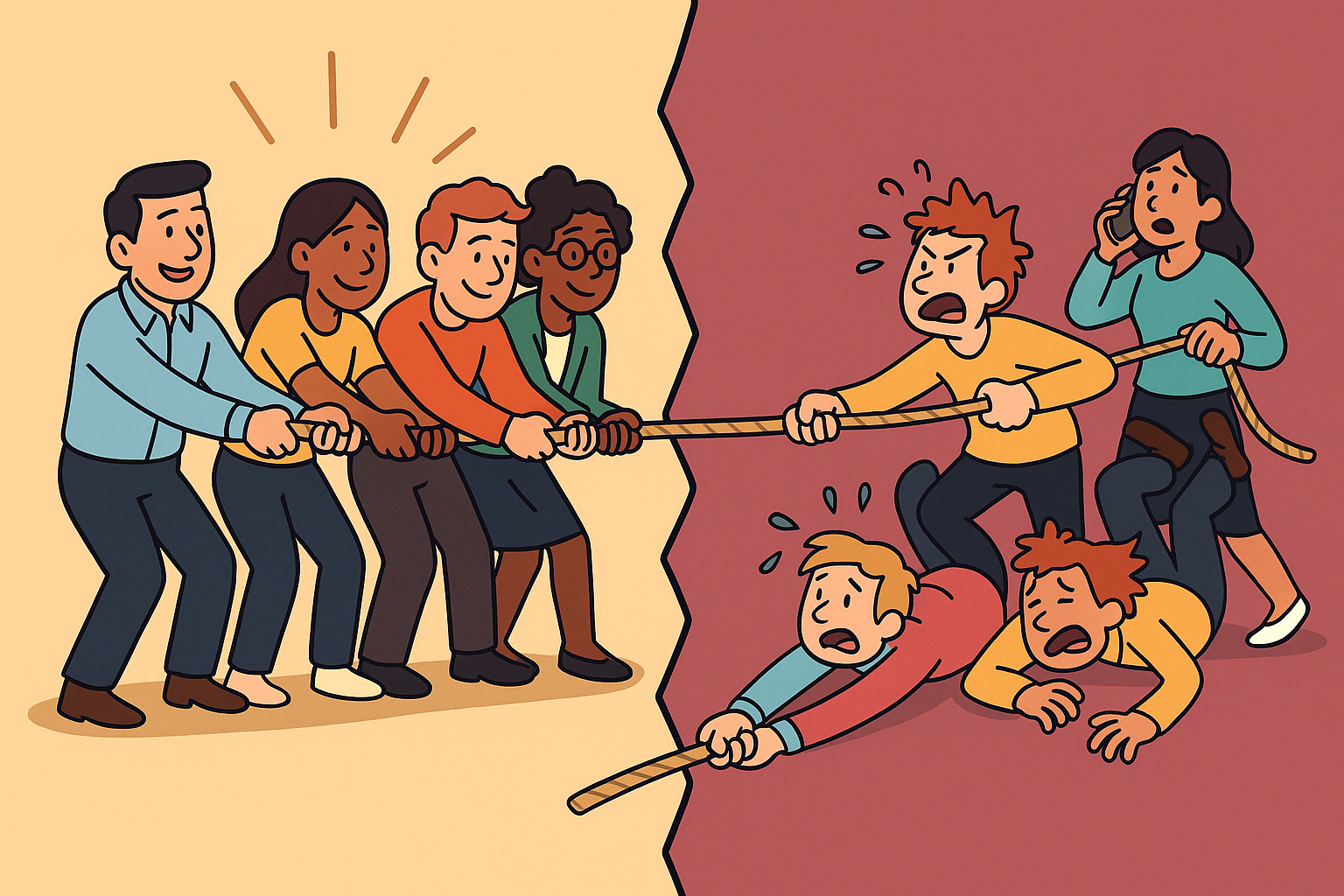
Before You Build: Why Alignment Is the Invisible Foundation for Delivery Success
Before you define requirements or write a line of code, alignment on how the project will be delivered is the invisible foundation that determines success
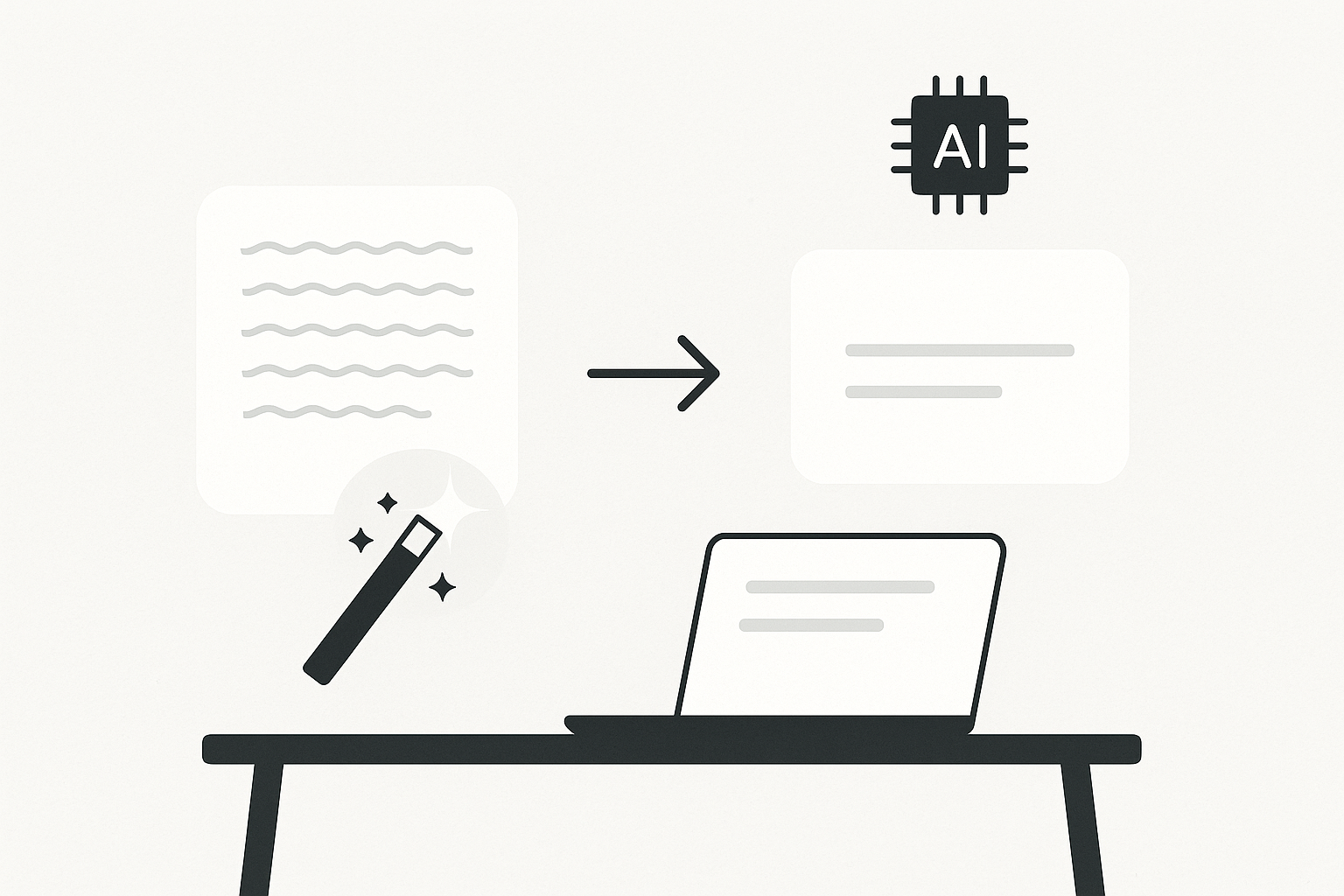
AI rewrites make your asks crystal clear
Make high-priority asks short, sharp, and clear by running them through AI before you hit send.
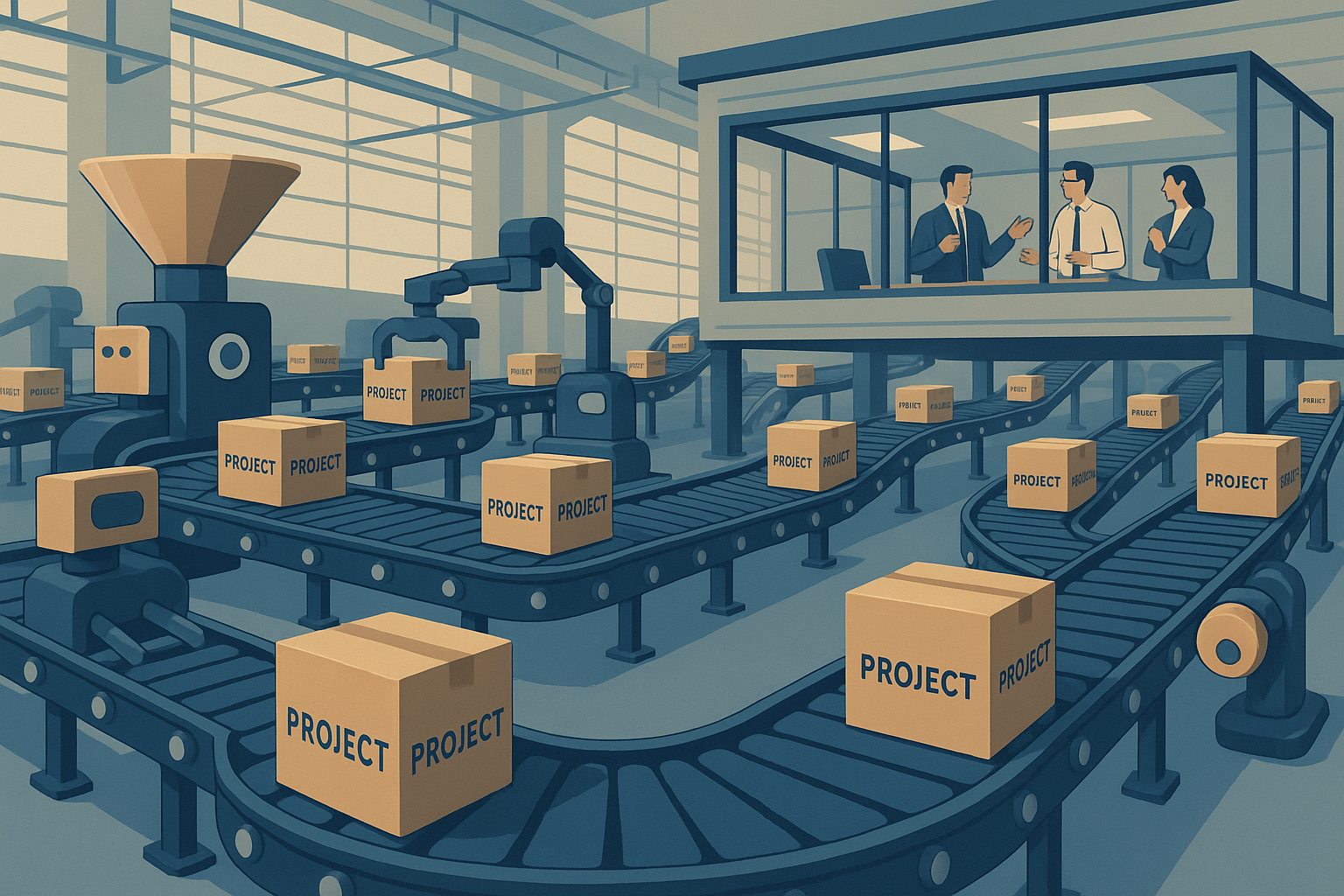
Delivering Outcomes, Not Just Deliverables: How AI on Salesforce Redefines Project Handover
AI can do more than speed up development—it can transform how you deliver projects. Here’s a step-by-step guide to shifting from handoffs to outcome-focused experiences on Salesforce.

AI pre-mortems prevent costly missteps
Use AI to imagine failure before it happens, spot risks early, and build them out of your plan before you start.

Why Traditional Agile Sprints Are Broken—and How AI-Refined Sprints Fix Them
Traditional agile sprints were built for a world without real-time AI insights. Here’s how AI-refined sprints challenge old habits, keep teams responsive, and deliver better outcomes—without blowing up your backlog.
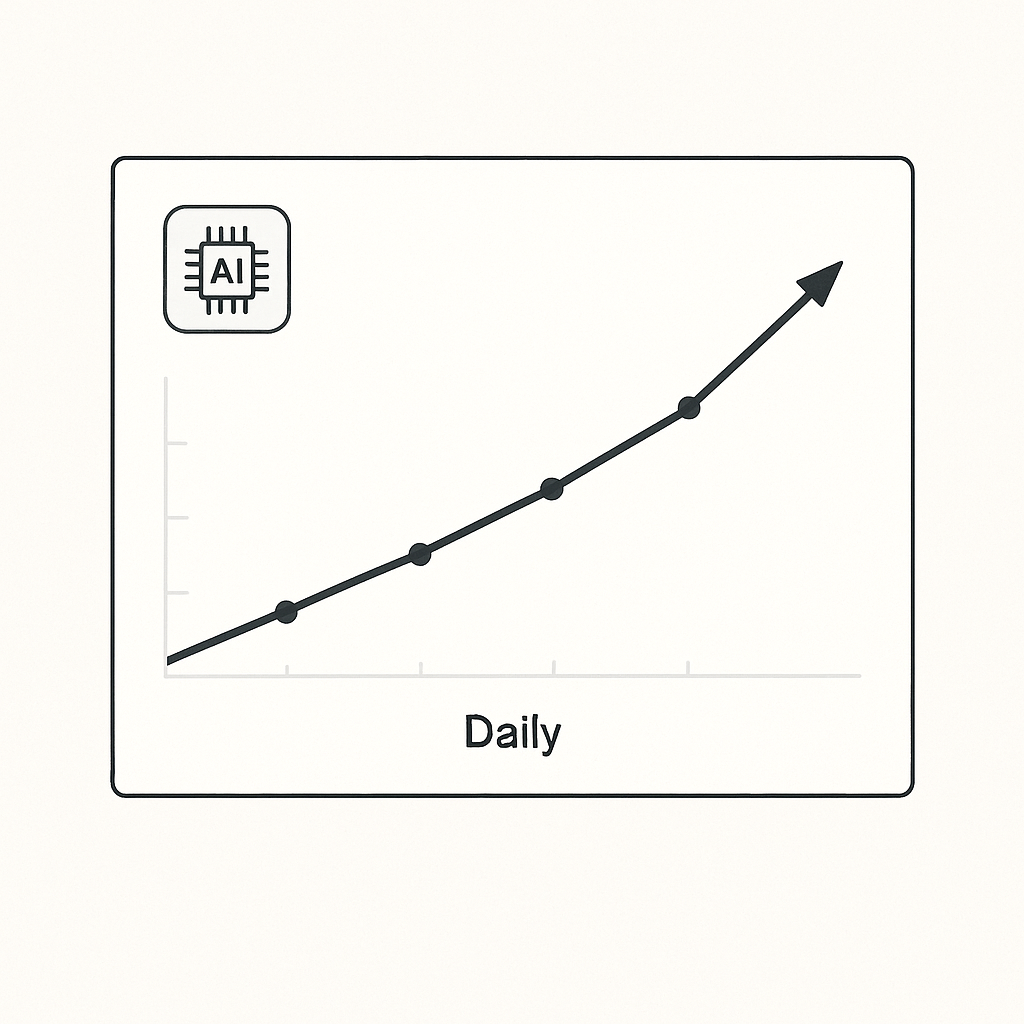
AI-tracked weekly metric drives team focus
Choose one metric each week and let AI post daily updates so the whole team stays aligned and focused.
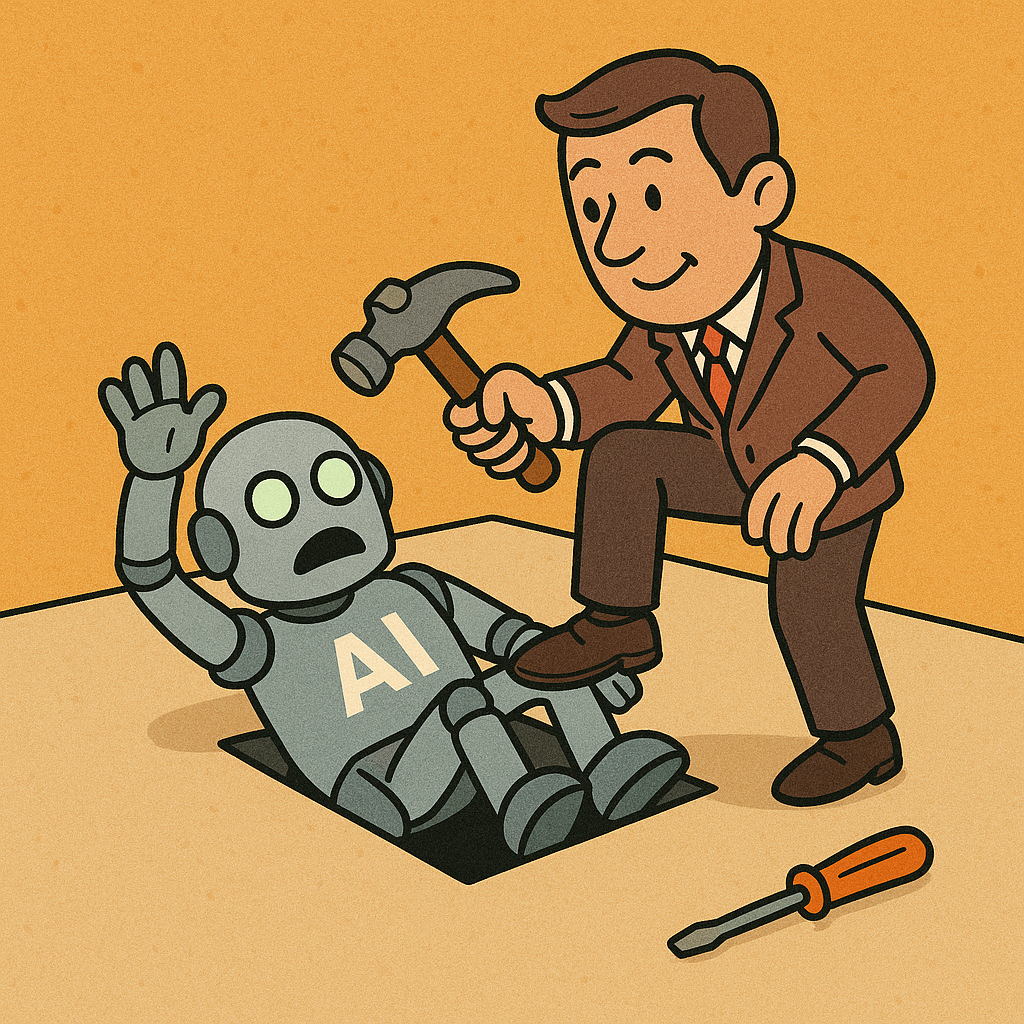
Prompt Architecture: The Unsung Hero of AI Success in Salesforce
Don’t let prompt architecture be an afterthought. This blog outlines why prompt design deserves a seat at the start of your Salesforce AI delivery — and how to structure it for outcomes, not guesswork.

AI-powered focus blocks multiply output
Lock in a daily focus block where AI preps, supports, and summarises your work — making deep work the norm, not the exception.
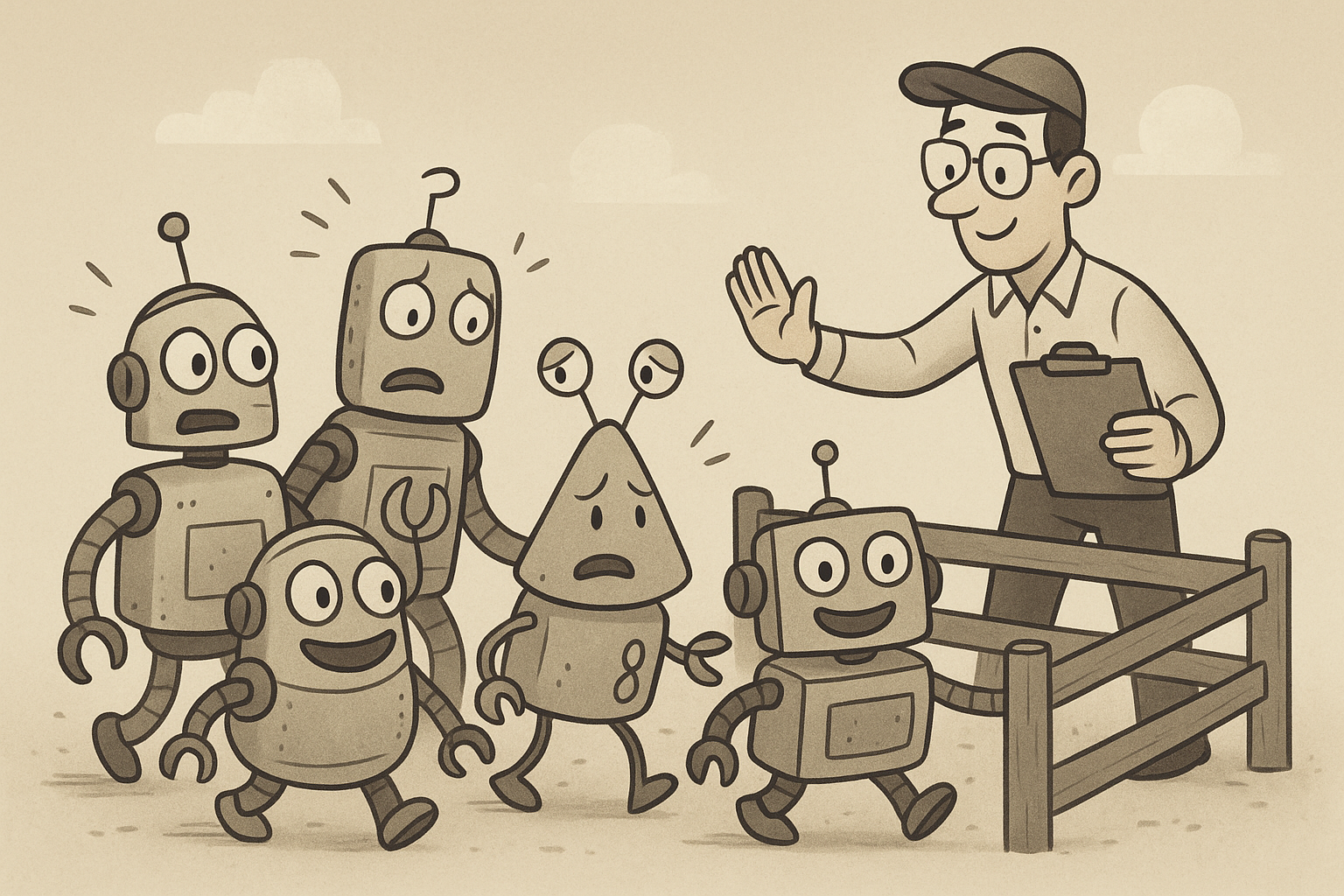
How We Lead Out Delivers AI With Confidence: A Practical 3-Step Method
At We Lead Out, delivery excellence in AI is not about endless iteration. It starts with a one page Success Charter, continues with short test cycles across real stakeholders, and finishes with strong product ownership that protects guardrails and calls the ship or stop decision. This simple model builds confidence fast and keeps your agent aligned to customer expectations.
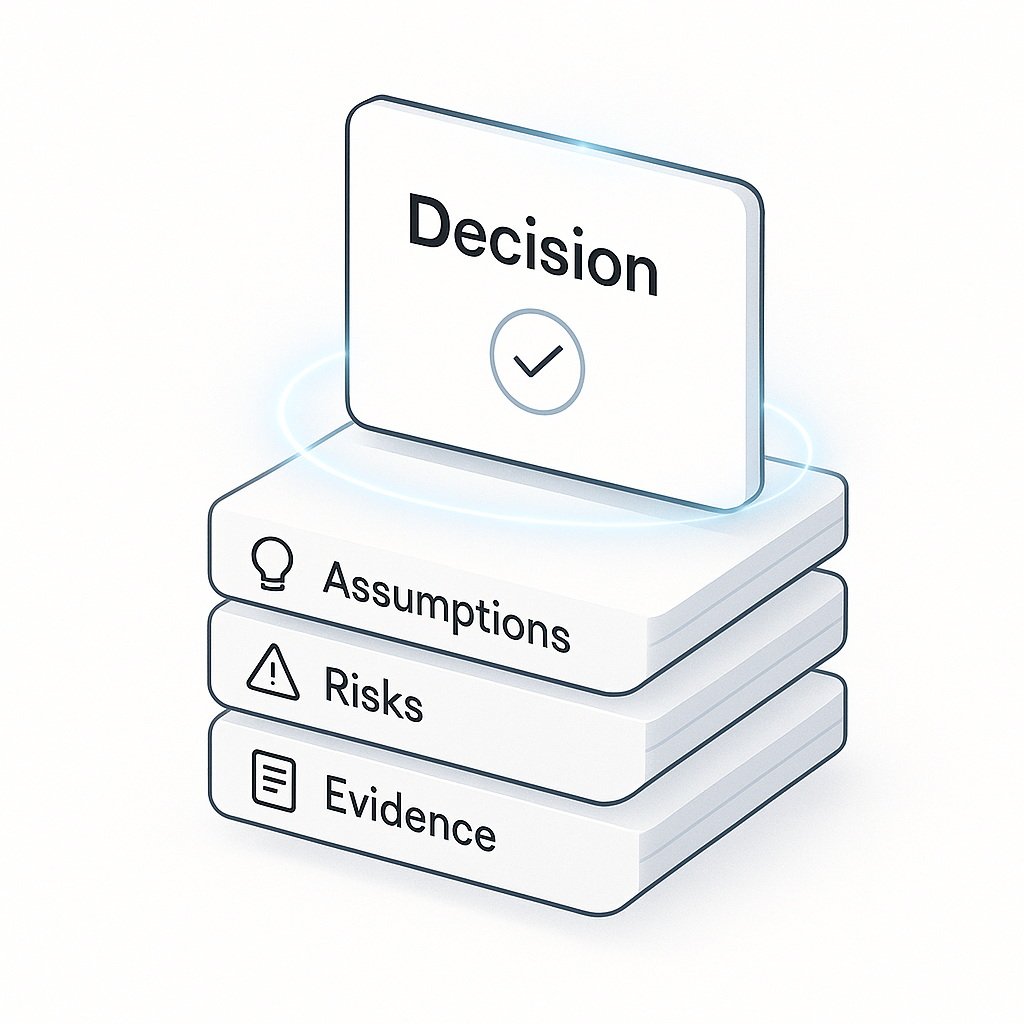
AI decision logs stop déjà vu debates
Use AI to create a simple, searchable decision log after every major call — cutting wasted time and boosting organisational memory.

How to Stop Your Agentforce Bot From Going Off Track: The Topic Locking Hack
A simple Agentforce delivery hack to keep conversations on track. Topic Locking stops your bots from drifting mid-flow, making them more reliable and customer ready.

AI status updates that replace your Monday meeting
Save hours every month by replacing a recurring status meeting with a short, AI-generated update posted where your team works.

The Readiness Layer – Scaling AI Without Breaking the Business
Agentic AI will not work without the right foundations. In this final article, we focus on operational readiness. What needs to be true before you scale agents inside Salesforce? This is where strategy meets control.

The Execution Layer – Where Autonomy Becomes Real
Execution is where Agentic AI becomes real. This article explores how Salesforce enables autonomous action using Prompt Builder, Agentforce, and the Einstein 1 Studio stack.

AI-drafted weekly outcomes cut meeting time
A simple Monday habit: have your AI copilot draft the week’s single most important outcome from last week’s work. The result? Clear focus, faster starts, and fewer wasted hours in status meetings.

Sharpening the Message: Why Listening Still Matters in a Digital World
The best ideas aren’t born in isolation. They’re shaped in conversation — by listening to people who’ve lived the change, learning from their perspectives, and refining your own message in the process. This reflection looks at why those connections matter and how they shape the way we design modern, responsive systems.

The Process Layer – Where Logic Meets Autonomy
Automation is not enough. Agentic AI needs structure. In this article, we unpack how the process layer—flows, orchestration, business rules—enables safe, scalable, intelligent action.

Stop ‘Ticking the Box’ on AI Training
Too many firms are stuck in the cycle of one-off AI training—nothing sticks, nothing changes. This piece shows senior leaders how to build real, organisation-wide AI capability, with actionable steps and a downloadable roadmap. Stop ticking boxes. Start building muscle.
